Go Inside Lisbon’s Newest Design Destination, Casa do Passadiço
The fanciful shop of Cláudia and Catarina Soares Pereirais is brimming with vintage and custom pieces
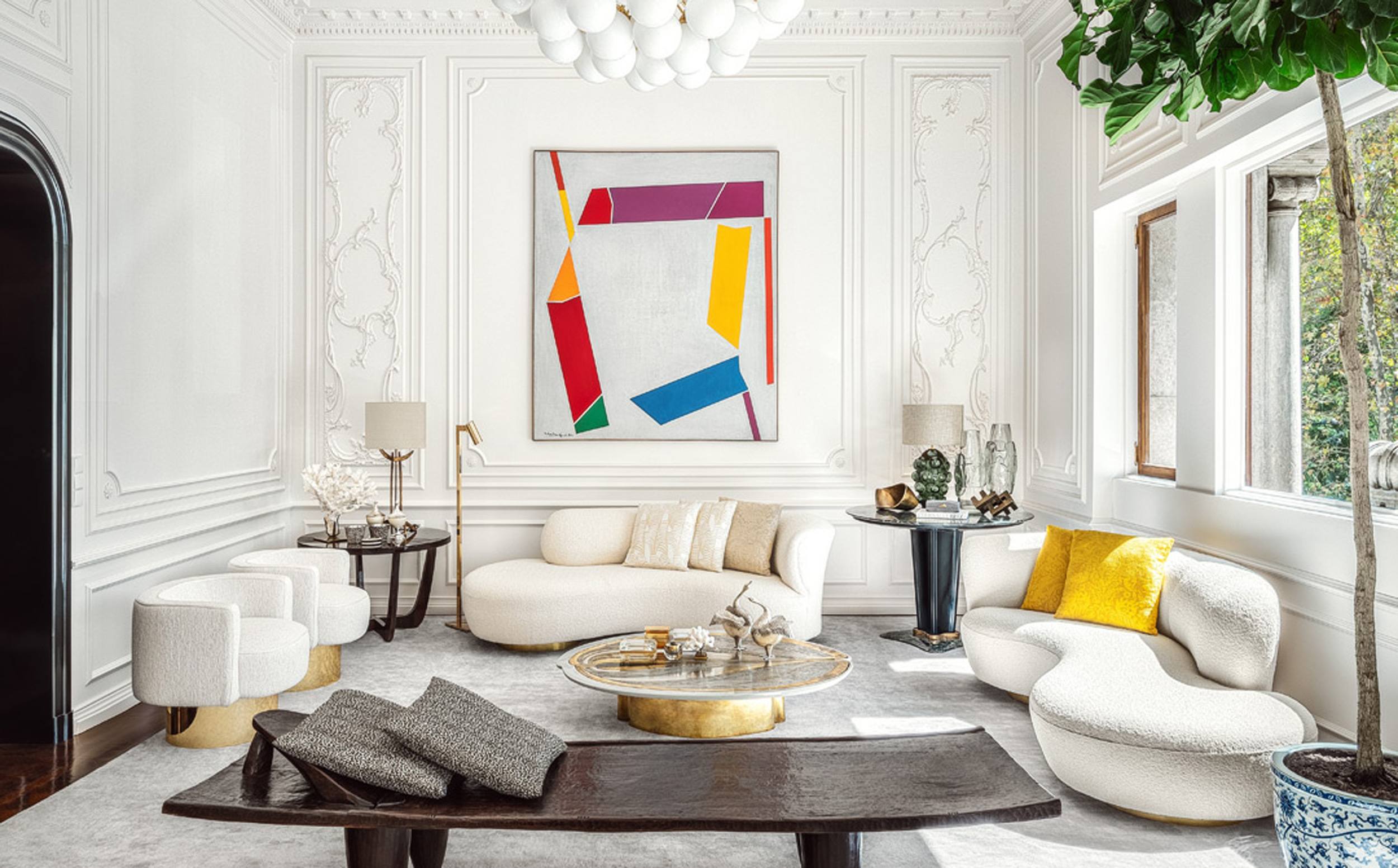
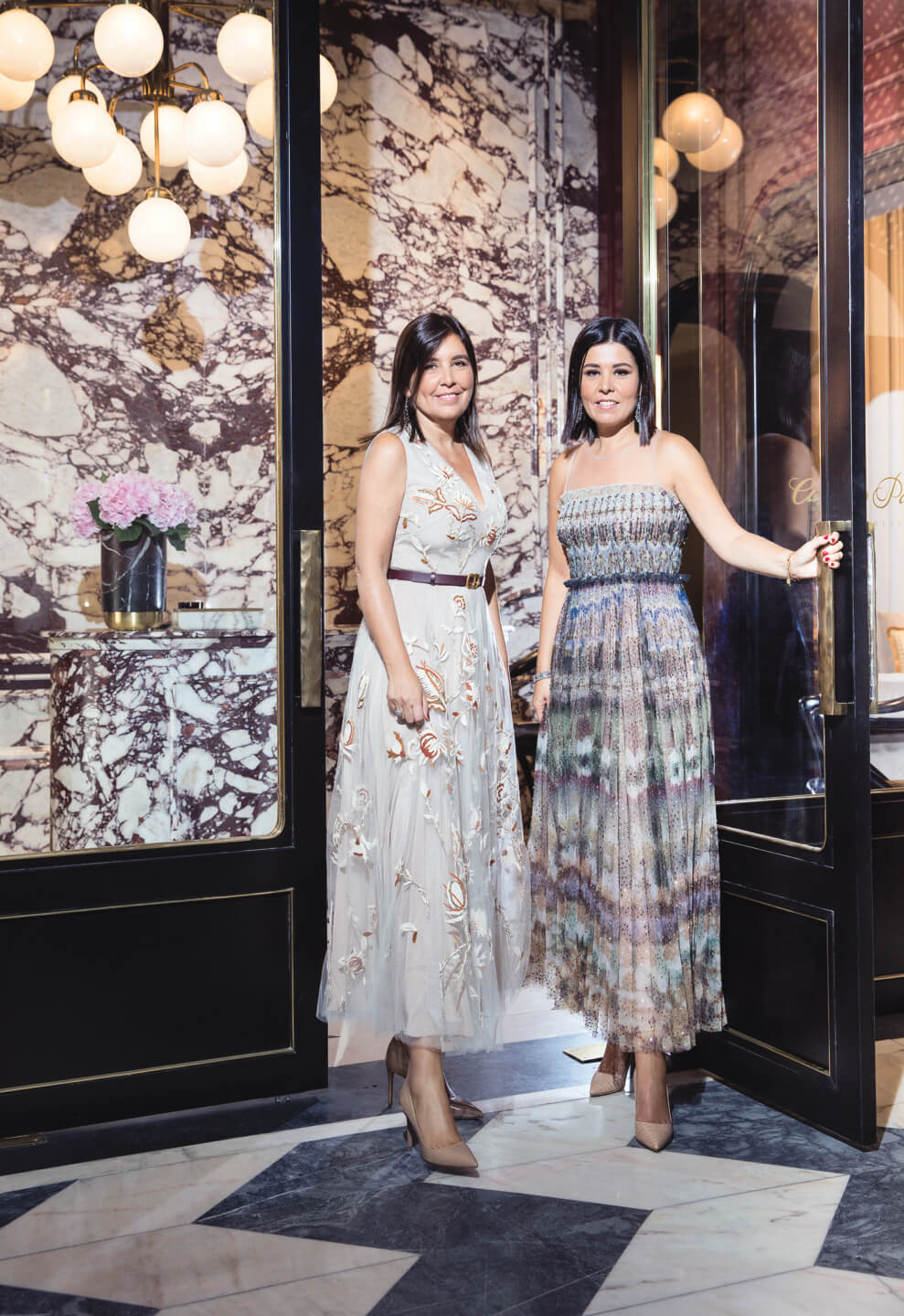
It’s not every design store opening that ends up in a royal palace, with cocktails passed in the throne room followed by a formal sit-down dinner in a succession of stately suites. But when the design team is a pair of sisters widely recognized as their country’s leading interior designers, such a celebration is only fitting.
That’s the scene that was set in Lisbon when sisters Cláudia and Catarina Soares Pereira—of the design firm Casa do Passadiço—threw open the doors to their brick-and-mortar showroom on Avenida da Liberdade, the Portuguese capital’s most prestigious luxury shopping street. The evening began with a Champagne-infused celebration at the newly minted store before guests reconvened at the nearby Palace of Ajuda, the onetime residence of Portugal’s King Luis I and Maria Pia of Savoy.
Founded 26 years ago by the women’s mother, Catarina Rosas, in the northern town of Braga (where their atelier still thrives), Casa do Passadiço has grown into one of the country’s most sought-after design firms. The 2,200-square-foot boutique is the brand’s first Lisbon showroom, offering objects and furnishings designed by the sisters as well antiques, sculptures, and paintings they’ve curated. “It’s essentially a showcase of our interior design work,” Cláudia tells Galerie.
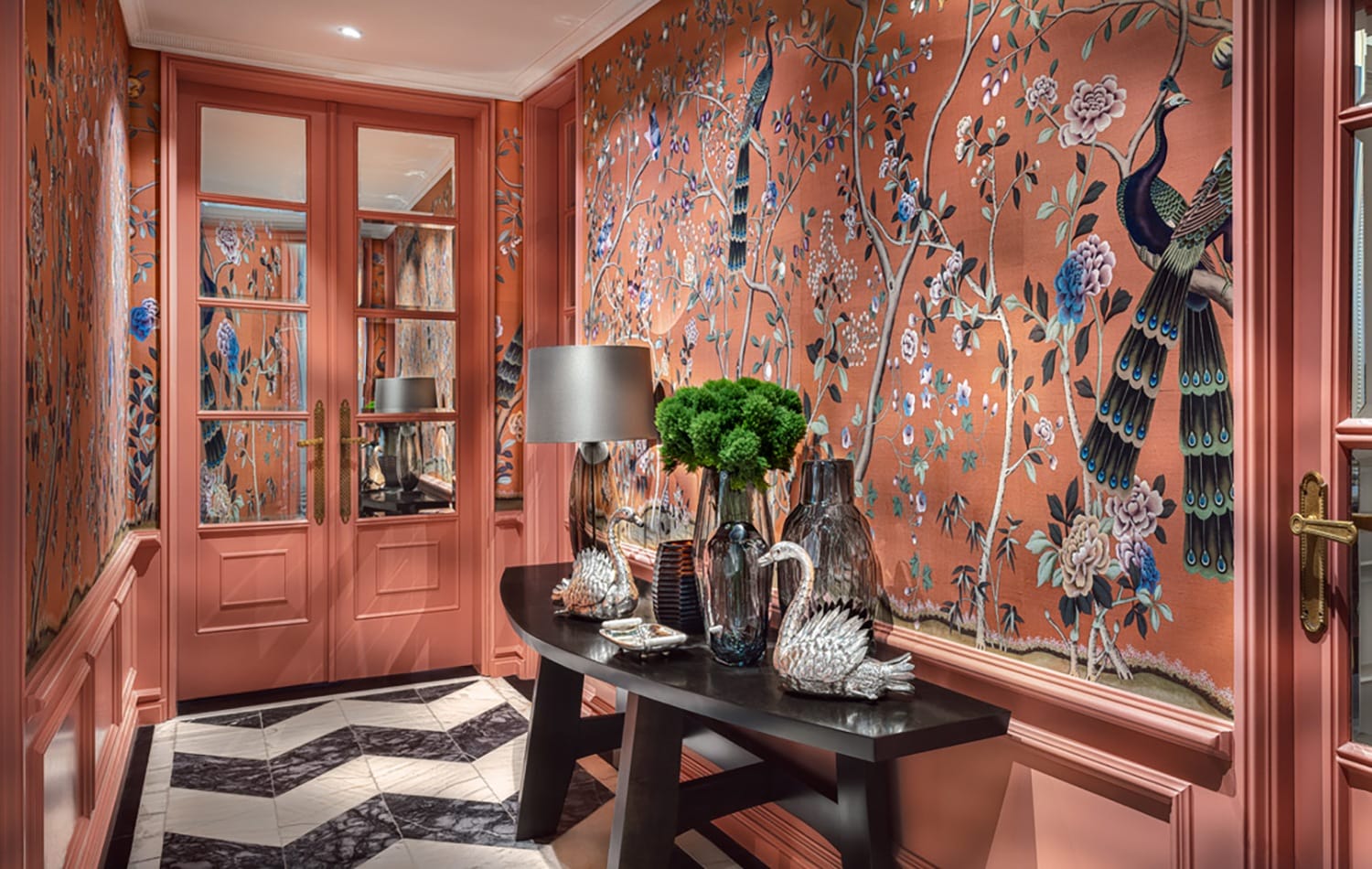
With soaring ceilings and Brazilian oak parquets, the space is decidedly turn of the twentieth century. Though in recent years the building has served as offices (and continues to do so on the floors above), it was at other periods a bank. (For proof, see the beautifully preserved punch clock mounted in the entrance foyer that bears the signature of its maker, J. Conçalves.) Still, the sisters pored over photos of the space’s origins—built in 1900 as the private home for an Italian musician by the name of Lambertini—for clues for how to restore it. “All the molding and friezes were made by Portuguese artisans,” Cláudia explains during a guided tour for Galerie. “We tried to be inspired by the interiors of the building and its original period.”
Recommended: Olafur Eliasson’s Stunning First Building Opens in Denmark
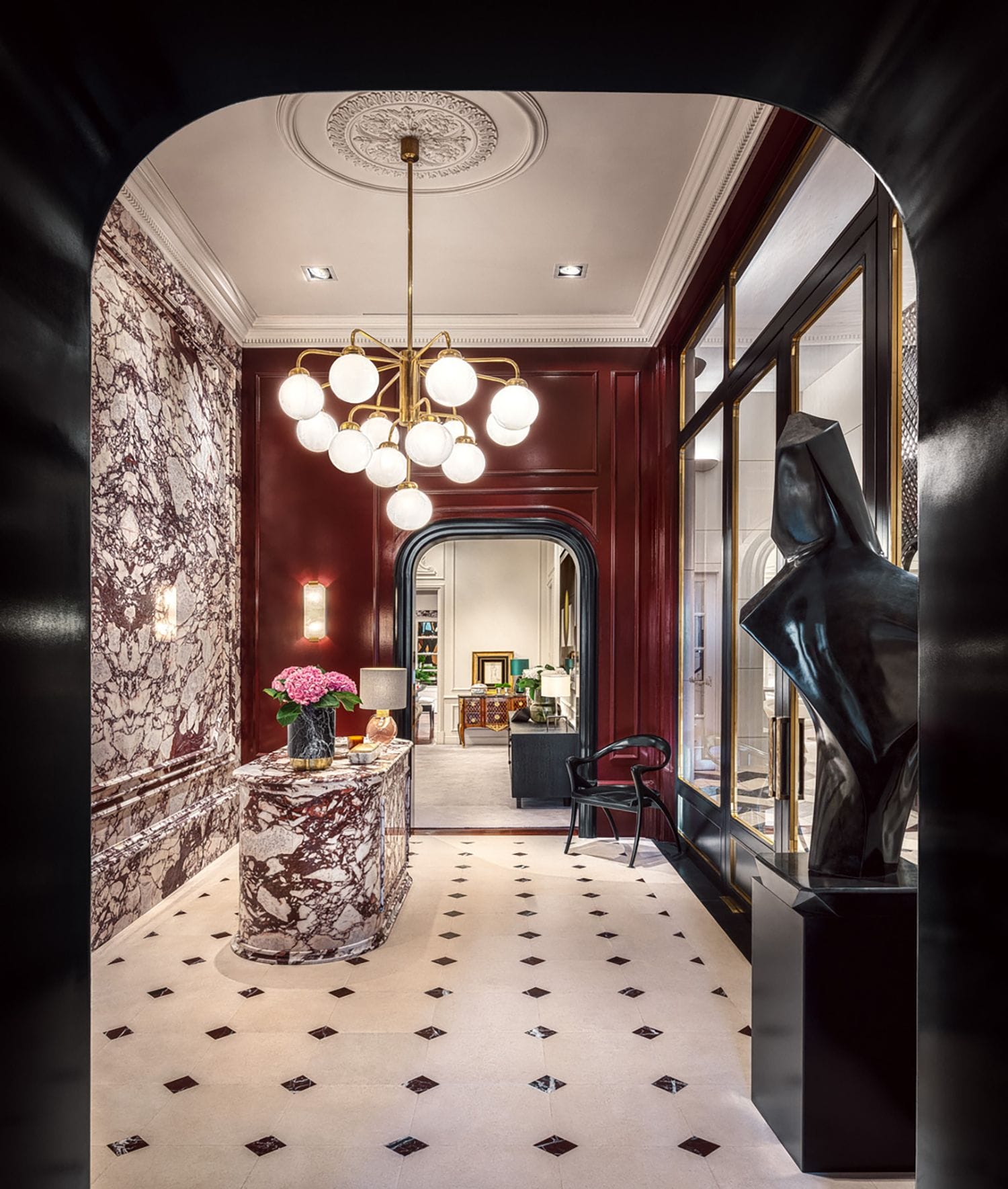
Inside, the reception foyer is paved with Calacatta Viola Italian marble, with sumptuous, Cabernet-colored clasts floating in a sea of creamy whites. A vintage brass-and-milk-glass Murano chandelier pops against the Creamsicle-like hallway. In the front parlor, staged as a residential living room, the sisters’ flair for design is on full display: Stark white walls act as blank canvases for bursts of color and texture to shine through in the form of furnishings, paintings, and design elements. Another vintage Murano chandelier floats above. On one wall hangs a yellow painting by the Los Angeles artist Christian Rosa; on the opposite wall, a 1970 painting by the French artist René Roche adds a few more layers of color. The antique alabaster fireplace was sourced from a Paris palace, and the dressers are from the 18th century, but the sofas are more contemporary French, by Pierre Augustin Rose.
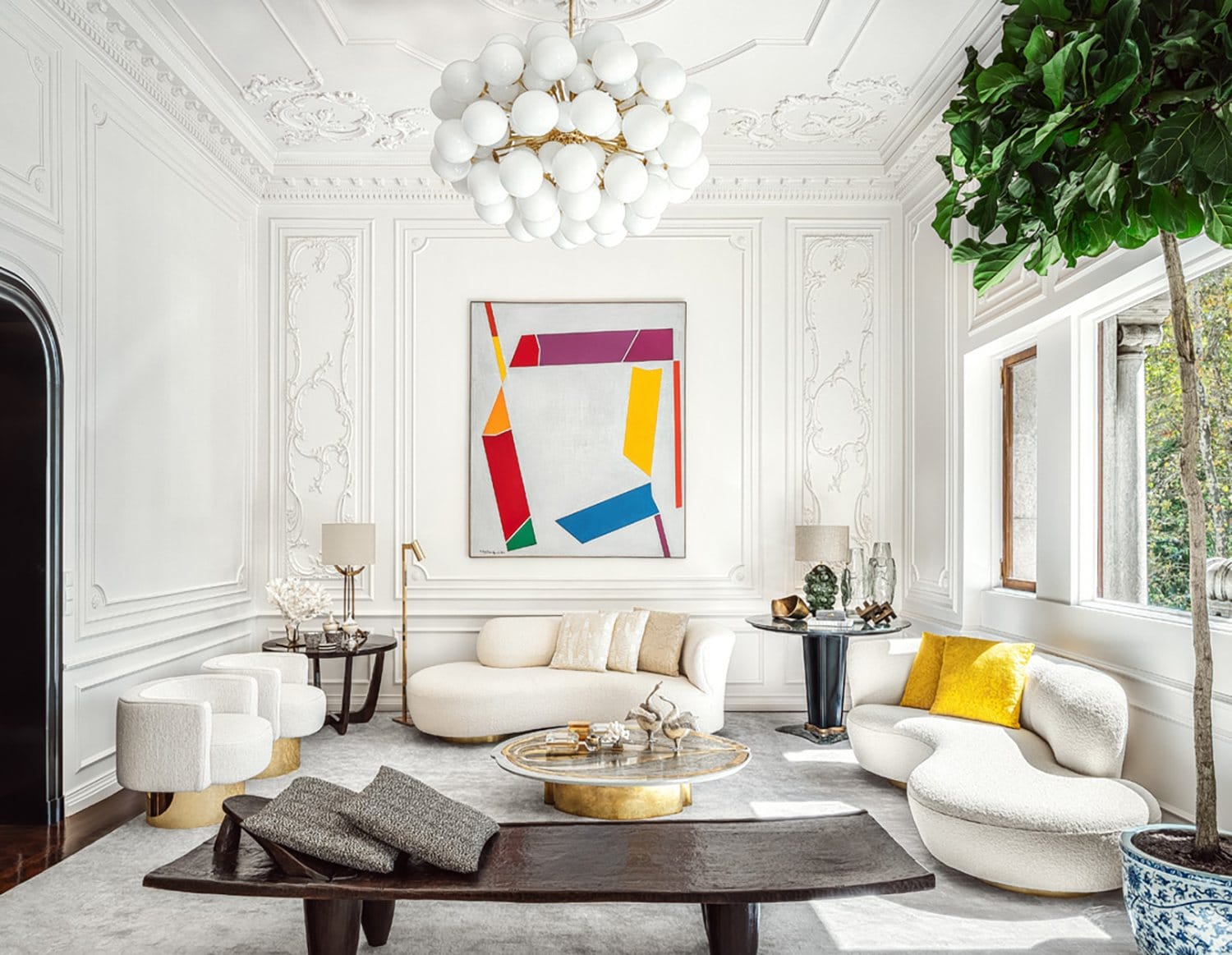
“We like to show it as if it was a private house where people can come and imagine this as their own home,” Cláudia explains. The living room of the Lisbon showroom is typical of the sisters’ signature residential style, which they describe as “reinterpreted classical.” As Catarina puts it, “Usually for private projects, we have a quiet approach, in a soft palette of colors. We see our style as elegant, timeless, and comfortable. We want our clients to have a sophisticated house, but most of all they have to feel well in their homes.”
Recommended: 3 Must-Have Items from Art Advisor Lisa Schiff’s New Storefront
Moving from the front to the back of the showroom, however, another signature begins to emerge in the form of bolder splashes. Anyone who loves color (and shoes) probably knows what the inside of an Aquazzura boutique looks like. The Casa do Passadiço sisters have famously given vibrant life to most of the Italian luxury brand’s stores across the globe as well as to its Florence headquarters, housed in the majestic 17th-century Palazzo Corsini. Cláudia describes their commercial work as “maximalist” with “drastic colors,” creating “an ambiance that is upbeat and vibrant.”

Further back, walls are saturated with vivid, warm hues like persimmon or are papered with de Gournay’s splashy salmon, hand-painted chinoiserie wallpaper. The furnishings are contemporary, and many have been designed and crafted by the Casa do Passadiço ateliers and artisans. Lighting comes in the form of midcentury gold sunburst sputnik chandeliers. “We like combining the 1960s and ’70s with the contemporary,” Cláudia says. “It’s a real eclectic mix that brings together our taste for historic and contemporary interiors.”
The showroom also features an array of pieces from an influential roster of designers and artists, including Gabriella Crespi, Vittorio Dassi, Armand Jonckers, Eric Schmitt, Vladimir Kagan, and Willy Rizzo. This is also a store, remember, so even the most casual passerby can leave with a new treasure for the home at just about any price point, even if they’re not enlisting the sisters to redesign their country house. Among their other offerings, Cláudia and Catarina have collected an assortment of Diptyque candles in all scents and sizes along with a veritable library of fine-art books by the publisher Assouline.
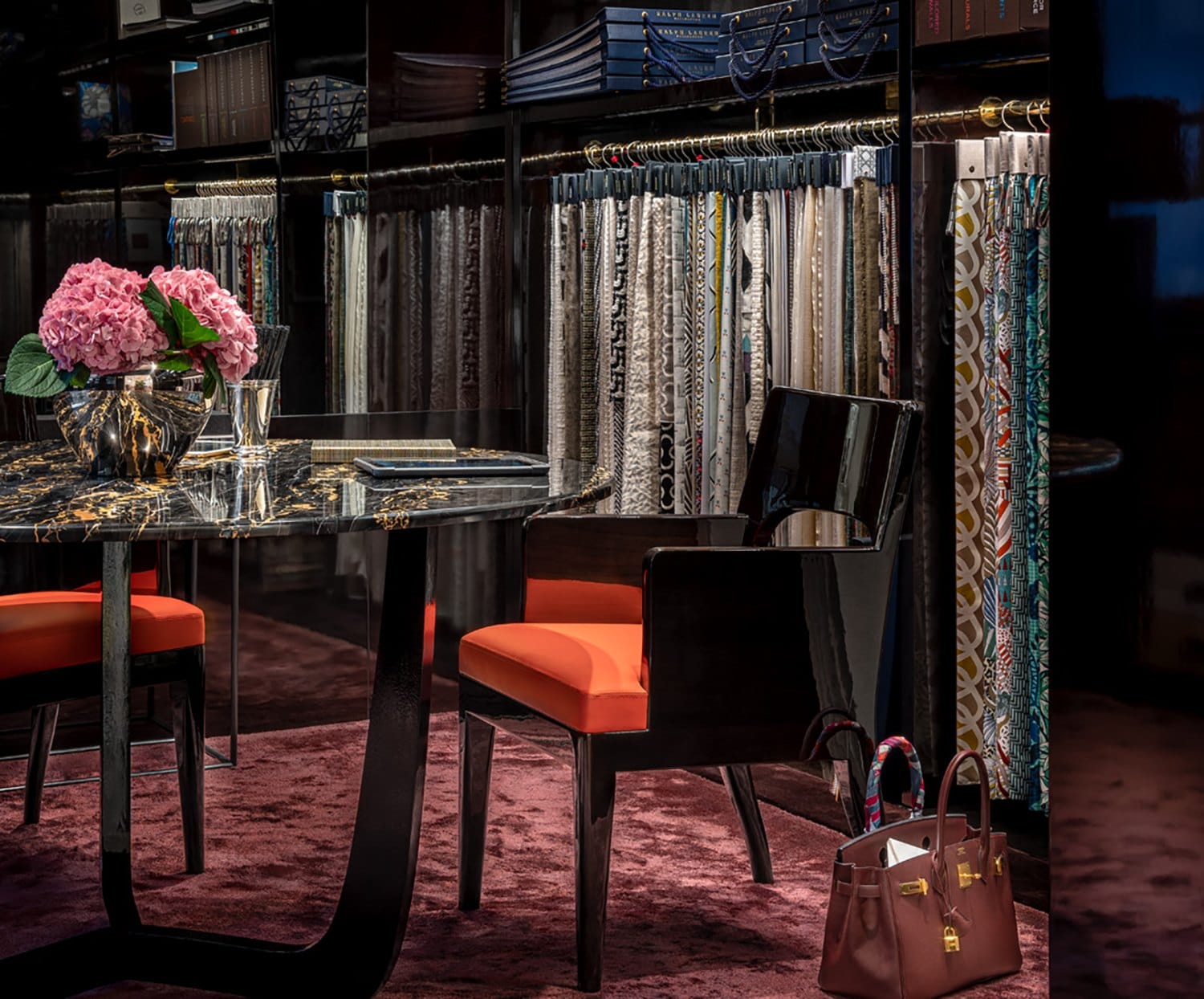
Since joining their mother in 1996, these sisters have built out a business for Casa do Passadiço that specializes in designing luxurious high-end interiors. Their private and commercial projects reach from Lisbon to London, from Miami to Milan, and stretch across other major metropolises like Paris, Moscow, Qatar, Dubai, and São Paulo. “Because we are sisters, it’s an advantage. We share a taste,” Catarina tells Galerie over coffee in the showroom’s salmon-saturated back parlor.
Cláudia continues, “We are different, of course—and that’s good!—because when I say something, she complements it, she adds other things, and that’s the advantage of being two.” Without missing a breath, Catarina finishes her sister’s thought: “I know what she’s thinking and she knows what I’m thinking. For example, when we arrive somewhere new, we see the same things. When we leave, we’ll say to each other, ‘Did you see this? Did you see that?’ We see the place in the same way.” And it’s certainly clear, by the looks of their glittering Lisbon showroom, that these sisters shared the same good eye for their boutique debut.